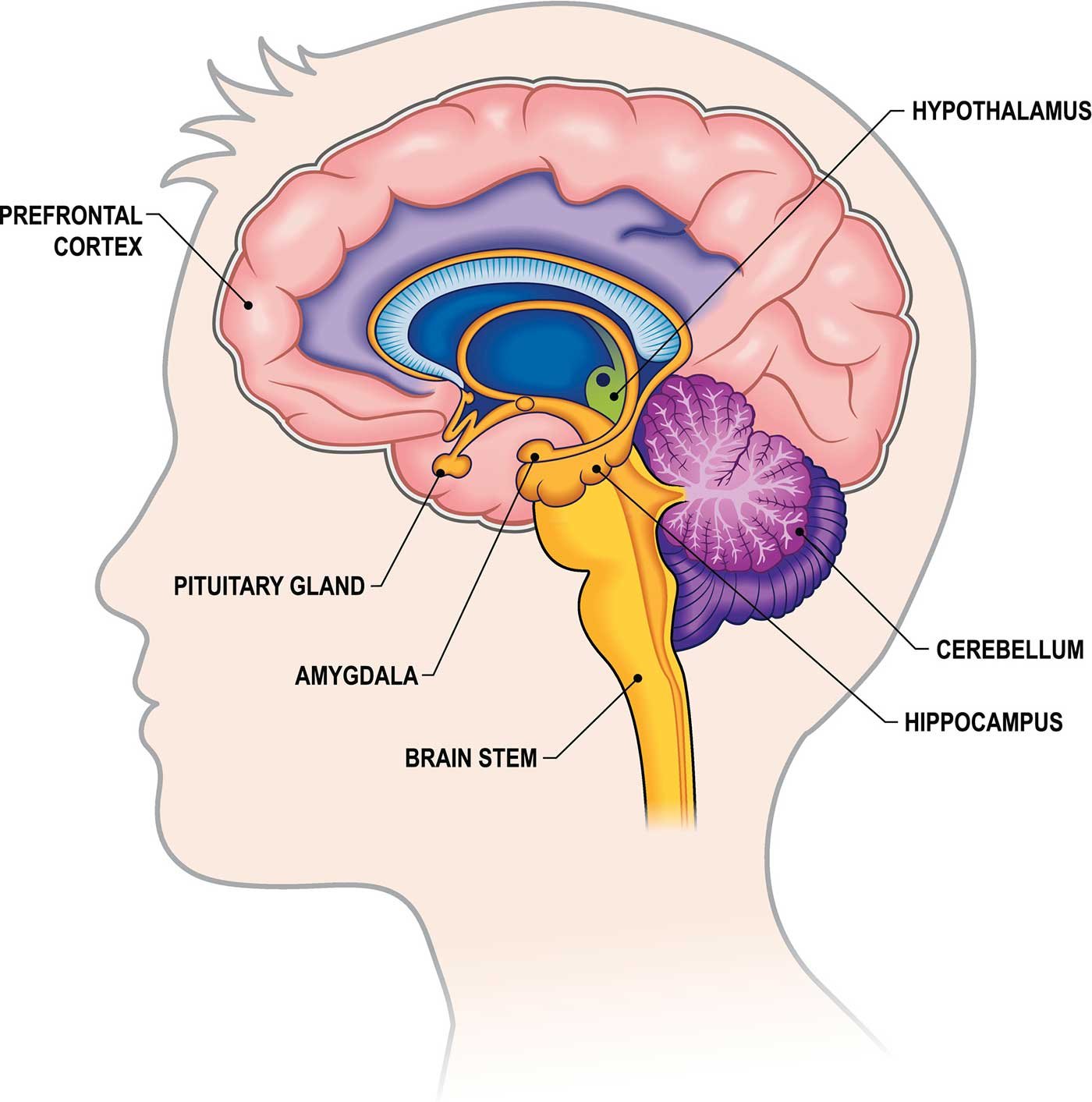This post was originally written for Anise Health. Original blog can be viewed here.
Parent-child relationships are complicated. I heard a saying once, that “Family pushes your buttons the most because they made them.” There is definitely some truth in the saying. Throw in cultural and generational gaps and it seems like conflict is inevitable.
Despite popular internet attitudes, cutting your parents off isn’t a likely choice. Maybe you’ve gotten advice from past therapists to “just tell them how you feel”. Well, when you’re Asian American you know it doesn’t work that way. While boundaries are touted as a magical solution, they can also seem far out of reach for many of us.
In an ideal American world, everybody would have clarity on their own feelings and needs and would be able to share them directly with others. Communication would be clear and boundaries would be accepted and respected. In this world that values autonomy and individualism, we would have the absolute freedom to live the best life for ourselves. Reality rarely works this way.
The point of boundaries is not to change other people’s behaviors, but to decide for yourself what you are and are not willing to accept. While it would be great to be able to share your boundaries with the other party, that isn’t a necessary step for everyone. What is crucial is for you to decide where you draw the line in the sand. Then most importantly, you need to decide how you will respond when that line is crossed and enforce the boundary you’ve set for yourself. Following through is often the hardest part.
So let’s say your parents have a habit of prying into your dating life, a subject that you have no interest in discussing with them. Maybe the first time they bring it up, you just change the subject. But let’s say they persist - now what? How do you want to protect yourself? If you’re lucky, you can tell them you don’t want to talk about it. If that’s not an option that would work well, then maybe you make an excuse and end the phone call. Throwing a tantrum would definitely achieve the goal of changing the subject, but likely you wouldn’t feel as great about yourself after the fact. Moving forward, knowing that this is a boundary they frequently cross, maybe you try to center around safer topics such as planning the next family vacation or sharing about cool restaurants you’ve eaten at lately.
While we can’t change other people’s behavior, we can always choose how to respond. Even if we don’t like our options, it’s important to recognize that they exist. In fact, how you respond is the one thing you are solely in control of and completely accountable for.
Being accountable for our actions means also accepting the consequences of our actions too. I’m sorry to say, for the conflict-avoidant folks out there, there is no way to be true to yourself without ever coming into conflict with what other people want.
However, you can recognize that every choice has a cost. You get to decide in any given moment which cost you can pay. Can you handle the discomfort of hanging up the phone? Or in this moment, would you rather bear the burden of gritting your teeth through another lecture? There’s no right answer and only you can decide what’s best for you. It’s ok to not get it right the first time. Our needs change all the time, so think of our boundaries more as permeable and moveable membranes instead of impenetrable castle walls. Learn from how you feel after each decision to guide you towards a better path.
If you aren’t ready yet to enforce a boundary, then focus instead on what can help you become more ready and resourced. How can you best create optimal conditions for success (while recognizing no plan is foolproof)? Do you need support from others, like a sibling? Do you need more sleep? Do you need less contact with your parents so as to avoid the situation in the first place? Focus on taking small steps towards the right direction, rather than pressuring yourself to make a dramatic change from the get go.
At the end of the day, boundaries improve relationships too. When we are able to show up and be fully present with someone, with no resentment, anger, or fear, our connection grows stronger. As Prentis Hemphill said, “Boundaries are the distance at which I can love you and me simultaneously.”
Anise Health is the first culturally-responsive digital mental health platform offering therapy, coaching, and digital self-service tools that are tailored for the unique needs of communities of color. Anise interventions move away from diagnosis-driven, Eurocentric models and towards incorporating culture and intersectionality into evidence-based treatments, which research shows to be 5x more effective.
Anise is available in California and we are currently accepting Asian-identifying adults (ages 18+) and partners/family members as new clients (more launches coming soon). If you’re ready to see how Anise can support you, fill out the brief Client Intake Form. You’ll be matched to culturally-responsive clinicians within 2 business days, and you will get a free 15 minute trial consultation to ask questions and see if it would be a good fit. Take action today to start taking care of you!

